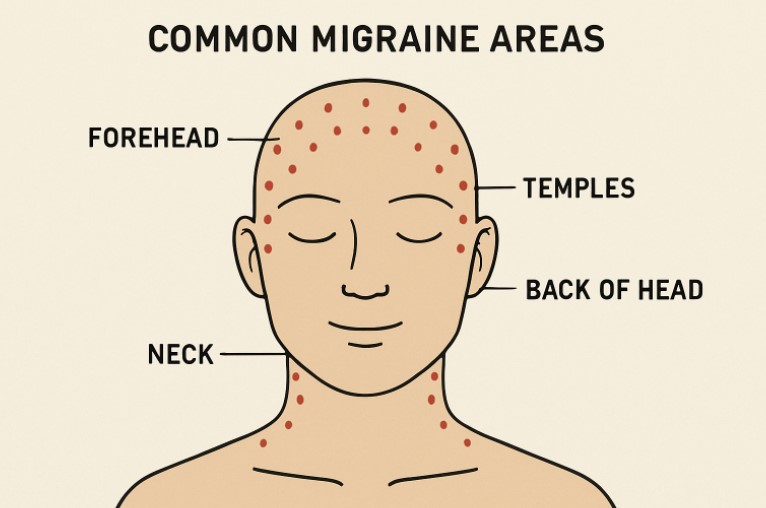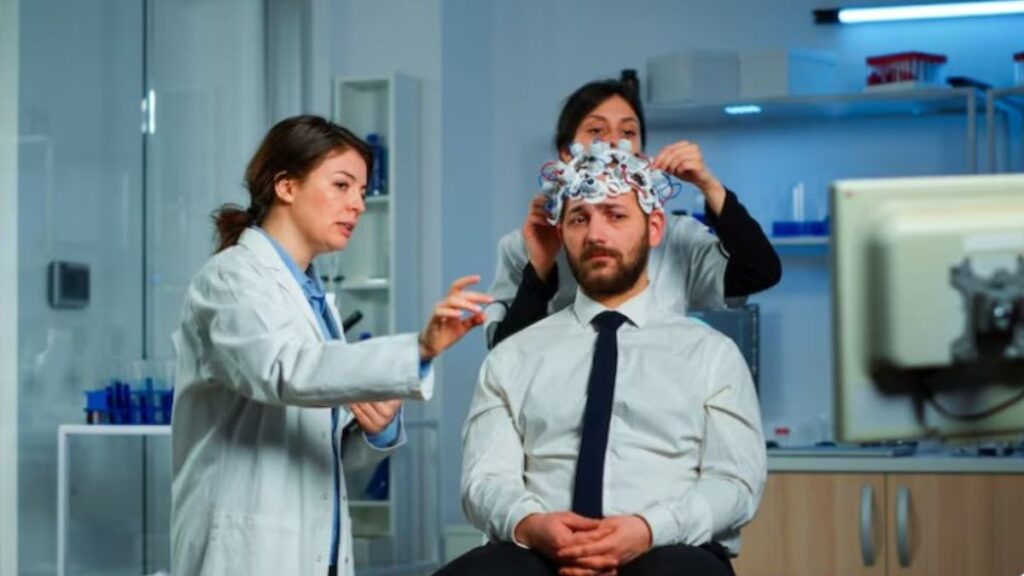Botox for Migraines: An Overview
Millions of people suffer from chronic migraines, facing frequent and debilitating head pain that disrupts daily life. For these individuals, relief can be elusive, despite trying various medications and lifestyle modifications. An increasingly popular treatment option, Botox for migraines Jacksonville FL, is making headlines both for its effectiveness and for the questions it raises among patients seeking answers about safety, eligibility, and outcomes.
Originally developed as a tool for cosmetic procedures, Botox is now recognized in the medical community as an FDA-approved therapy for chronic migraines. This advancement offers hope for long-term sufferers, providing an additional strategy for migraine management when other treatments have not provided sufficient relief. Understanding who can benefit from this procedure, how it works, and what to expect is key for anyone considering this therapy.
How Botox Works in Migraine Management
Unlike oral migraine medications designed to treat headaches after they start, Botox (onabotulinumtoxinA) works as a preventative by interrupting the pain process before the migraine fully develops. The treatment is administered via a series of small injections around specific areas of the head and neck. These injections are thought to block the release of neurotransmitters that carry pain signals, reducing both the frequency and severity of future migraine attacks.
This unique mode of action is why Botox is reserved for patients who experience chronic migraines—defined as 15 or more headache days each month, with at least eight of those being migraine days. Most people notice a reduction in headache days within a couple of treatment cycles, with the cumulative effect continuing to build over time. For more information on migraine basics and treatment rationale, see the CDC’s guidance on managing migraines.
Clarifying Common Myths and Misconceptions
The use of Botox for migraines has generated several misconceptions. Some people confuse the medical application with cosmetic treatments, fearing the same side effects or expecting instant wrinkle-smashing results. Others worry about long-term safety or dependence. It’s important to know that the dosing, injection sites, and treatment intent differ from those used in cosmetic settings.
Additionally, patients sometimes believe relief will be immediate or that improvement will happen after a single round of injections. In reality, Botox therapy is a journey, often taking multiple sessions spaced 12 weeks apart before optimal results are seen. Addressing these myths in conversation with a provider ensures realistic expectations and supports better treatment satisfaction.

Clinical Evidence and Approval Status
After rigorous study, Botox received FDA approval for chronic migraine prevention in 2010. Clinical trials showed that regular Botox injections could reduce the number of headache days per month and improve quality of life for people with persistent migraines. In these studies, about half of the patients reported significant improvement after five rounds of treatment, highlighting both the benefits’ efficacy and gradual nature. Further evidence and patient experiences are detailed by organizations such as the Mayo Clinic.
Who Is a Candidate for Botox?
Botox for migraines is specifically approved for adults aged 18 and older who experience chronic migraines. Not everyone who has the occasional migraine attack will benefit from or qualify for this therapy. Suitability is determined based on a patient’s headache frequency, response to previous treatments, overall health status, and any underlying medical conditions. People with certain neuromuscular disorders, allergies to Botox, or specific medical contraindications may require alternative therapies recommended by their healthcare provider.
Treatment Process and Timeline
The Botox treatment for migraines is typically performed in a healthcare provider’s office. During each session, a trained professional makes a series of tiny injections in carefully mapped points across the forehead, temples, back of the head, and neck. The procedure itself is quick, usually taking 15–20 minutes. Patients receive treatments every three months.
Improvement is generally gradual. While some individuals notice fewer migraine days after the first cycle or two, most achieve their best results after several sessions. Long-term commitment, patience, and a willingness to track symptoms between visits are crucial to the therapy’s success.
Potential Side Effects and What To Expect
Like other medical treatments, Botox injections for migraines may result in side effects. Most are mild and short-lived, including neck pain, headaches at the injection sites, or slight bruising and redness. Rarely, more serious side effects such as muscle weakness or flu-like symptoms can occur, especially if administered incorrectly or in patients with specific risk factors. When administered by an experienced healthcare provider, the vast majority of patients tolerate the procedure well and are able to resume their regular activities the same day.
For additional safety information and patient guidance, refer to trusted resources such as the Harvard Health Publishing overview of Botox for migraines.
Addressing Concerns with Healthcare Providers
Open, ongoing communication with your healthcare provider is essential when considering Botox as a treatment for migraines. Sharing a detailed headache diary, discussing all current medications, and expressing any concerns about side effects or lifestyle impact can help the provider tailor therapy to your needs. Don’t hesitate to ask questions about the frequency of treatments, what to expect during and after the procedure, possible insurance coverage, or the long-term outlook for treatment success.
Establishing these conversations upfront sets the foundation for trust and shared decision-making, maximizing both the safety and effectiveness of your migraine management plan.
Conclusion
For patients with chronic migraines, Botox offers a science-backed, FDA-approved source of hope and symptom relief. By debunking common myths, outlining the proven benefits, and clarifying the treatment process, individuals can make informed decisions in collaboration with their healthcare providers. As medical understanding continues to grow, options like Botox can offer a practical path forward, making relief more tangible than ever for those affected by chronic migraine.







